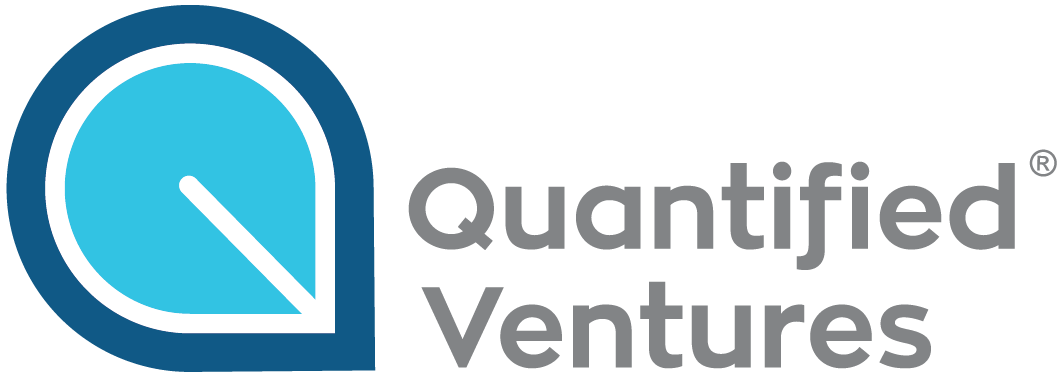Importance of Funding Clean Water Infrastructure in Under-Resourced Communities
By Matthew Carney and Annabel Cryan
The Inflation Reduction Act presents a pivotal moment to advance critical environmental projects throughout the United States. Through the Greenhouse Gas Reduction Fund (GGRF), the EPA will distribute $20B to green banks and CDFIs around the country to provide seed funding for loans, bridge financing, and capital investments for projects that reduce greenhouse gas emissions. This historic funding opportunity also has a clear environmental justice lens, with a minimum of 40% of all investments being made in disadvantaged communities.
While green banks have traditionally focused on residential solar and energy efficiency programs, the GGRF provides an opportunity for these institutions to expand their mandates and accelerate investment in a range of environmental infrastructure. One important area is clean water infrastructure, an eligible project category under GGRF that sits at the intersection of emissions reductions, public health, and environmental justice. These projects include green stormwater infrastructure (e.g., rain gardens, bioswales, urban tree canopy), energy conservation (e.g., on-site renewable energy or methane capture associated with water utilities), surface water protection (e.g., purchase of land or water rights to reduce runoff from residential and commercial development), or water conservation (e.g., water efficient appliances, safe drinking water, water meters).
Each of these types of clean water infrastructure can address critical challenges that exacerbate public health, environmental, and economic conditions in under-resourced communities. The benefits of these clean water infrastructure investments go beyond emissions reductions to include reduced flooding in vulnerable areas, improved air quality, lower prevalence of waterborne diseases, reduced heat island effects, and cost savings on utility bills for residents.
Role of Green Banks for Financing Equitable Water Infrastructure
Green banks have a proven track record of removing perceived barriers to scale investments in clean energy technology. Case in point, the Connecticut Green Bank has leveraged $362.7 million of its funds to attract $2.06 billion in private investment. Green banks can now play the same role in accelerating investments in water infrastructure projects by filling financing gaps in the market. However, both established and nascent green banks need support to ensure this historic funding is deployed toward clean water infrastructure projects efficiently and effectively.
Quantified Ventures, the Coalition for Green Capital, and PRE Collective, with $1.3 million in financial support from the Robert Wood Johnson Foundation, will work with six green banks in a cohort model to provide expertise and capacity building support that prepares these institutions to strategically deploy GGRF funding to clean water infrastructure projects in under-resourced communities.
There are two key outcomes associated with this effort.
Build a pipeline of financeable water projects for each cohort green bank.
Design and structure financing programs that green banks can use to finance clean water projects in the future.
Long-term, the project team intends to scale these programs by encouraging other green banks to adopt and adapt the offerings developed by this cohort. We envision a future where the entire network of green banks – capitalized through GGRF funds – has the tools they need to establish and implement clean water financing programs in their respective geographies.
Green Bank Cohort
The project team is thrilled to collaborate with the Connecticut Green Bank, DC Green Bank, Groundswell Capital, Hawai’i Green Infrastructure Authority, Missouri Green Banc, and the Solar and Energy Loan Fund (SELF) to advance this critically important work.
These cohort members will explore financing tools that support a wide variety of water infrastructure needs, from stormwater to wastewater to water shortages. With varied geographic placement, levels of water financing experience, and organizational structures, the cohort members will learn from one another and share best practices.
For example, financing stormwater management is a priority laid out as the program objective for Connecticut Green Bank, DC Green Bank, and SELF in Florida. Meanwhile, Groundswell Capital in Arizona is focusing on water conservation for the cohort program due to the environmental conditions exacerbated by the 22-year ‘megadrought’ impacting the Colorado River. Conversely, wastewater challenges are the focus for cohort participants Hawai’i Green Infrastructure Authority and Missouri Green Banc.
Through this process, the cohort green banks will blaze a trail of equitable water financing programs for other green banks to follow.
The GGRF award announcement has opened a new frontier for green banks to catalyze investment in environmental infrastructure projects. We’re excited for this cohort to be at the forefront of that movement.


